Getting mushroom spores is the essential first step in your mushroom growing journey. Whether you're planning to cultivate gourmet varieties like Lion's Mane or medicinal mushrooms such as Turkey Tail, understanding how to obtain, handle, and use mushroom spores properly will set you up for cultivation success.
Mushroom spores are the microscopic reproductive cells that allow fungi to spread and create new mushroom colonies. Think of them as nature's seeds for the fungal kingdom. With the right spores and proper technique, you can grow fresh, organic mushrooms right in your own home.
Understanding Mushroom Spores and Their Role in Cultivation
Mushroom spores serve as the starting point for mushroom reproduction and cultivation. Unlike seeds from plants, spores are single-celled structures that contain all the genetic information needed to grow an entire mushroom organism. When spores land in suitable conditions with proper moisture, nutrients, and temperature, they germinate and develop into mycelium—the white, thread-like network that eventually produces mushrooms.
The process begins when mature mushrooms release millions of microscopic spores into the environment. These spores can remain dormant for extended periods until environmental conditions become favorable for growth. For home cultivators, capturing and using these spores opens up endless possibilities for growing various mushroom species.
Different mushroom varieties produce spores with unique characteristics. Some species release visible spore prints that can be collected easily, while others require specialized techniques for spore harvesting. Understanding these differences helps you choose the right approach for your specific cultivation goals.
Benefits of Starting with Spores vs. Other Methods
Starting your mushroom cultivation journey with spores offers several advantages over alternative methods. Spores provide access to a wider variety of mushroom species and strains that may not be available as ready-made grow kits. They also offer long-term storage capabilities, allowing you to maintain genetic material for future cultivation projects.
Cost-effectiveness represents another significant benefit. A single spore print or syringe can produce multiple generations of mushrooms, making it far more economical than repeatedly purchasing commercial grow kits. For cultivators interested in experimenting with different strains or developing their own varieties, spores provide the genetic diversity needed for selective cultivation.
Where to Get Mushroom Spores: Your Best Options
Commercial Spore Suppliers
Purchasing spores from reputable commercial suppliers offers the most reliable path for beginners. Quality suppliers provide detailed strain information, sterile packaging, and customer support to help ensure successful cultivation. Look for vendors who specialize in cultivation-grade spores and maintain proper storage conditions.
When selecting a supplier, research their reputation within the mushroom growing community. Read customer reviews and verify that they follow proper sterilization and packaging protocols. Established suppliers often offer educational resources and growing guides that complement their spore products.
Consider purchasing from suppliers who provide certificates of authenticity or strain verification. This documentation helps ensure you receive the specific mushroom variety you're seeking and provides confidence in the genetic quality of your starting material.
Online Marketplaces and Specialty Retailers
Online platforms offer convenient access to diverse spore varieties from multiple vendors. Many mushroom cultivation websites feature extensive catalogs with detailed descriptions of different strains and their growing characteristics. These platforms often include customer reviews and growing difficulty ratings to help you make informed choices.
Specialty mushroom retailers frequently offer educational content alongside their products. This additional information can prove invaluable for beginners learning about different species and cultivation requirements. Many retailers also provide starter kits that include spores along with basic growing supplies.
For those preferring the convenience of a complete growing solution, the Lykyn Smart Mushroom Grow Chamber offers an excellent entry point into mushroom cultivation with automated environmental controls that make growing from spores much more manageable for beginners.
Collecting Spores from Wild or Store-Bought Mushrooms
Collecting spores from existing mushrooms provides a cost-effective method for obtaining cultivation material. Fresh mushrooms from farmers markets, specialty grocery stores, or ethical foraging can serve as spore sources. However, this method requires careful attention to mushroom identification and sterile collection techniques.
When collecting from store-bought mushrooms, choose the freshest specimens available and preferably organic varieties to minimize contamination risks. Avoid mushrooms showing signs of decay or damage, as these may harbor harmful bacteria or competing fungi that could compromise your cultivation efforts.
Wild mushroom foraging for spore collection requires extensive knowledge of mushroom identification and local regulations. Many areas require permits for foraging, and proper identification becomes critical for safety. Only experienced foragers should attempt wild spore collection, and even then, verification with multiple expert sources is essential.
Methods for Collecting Mushroom Spores
Spore Print Collection Technique
Creating spore prints represents the most traditional and reliable method for collecting mushroom spores. This technique works particularly well with gilled mushrooms like oyster mushrooms and shiitake varieties. The process involves removing the stem from a mature mushroom and placing the cap gill-side down on clean paper or glass.
Cover the mushroom cap with a bowl or container to prevent air currents from disturbing the spore release. Allow the mushroom to sit undisturbed for 8-24 hours, depending on the species and maturity. During this time, millions of spores will drop from the gills onto the collection surface, creating a visible print that mirrors the gill pattern.
Dark-colored paper works best for light-colored spores, while white paper showcases darker spores more effectively. Some cultivators use half dark and half light paper to ensure visibility regardless of spore color. The resulting spore print can be stored for extended periods when kept dry and sterile.
Spore Syringe Preparation
Spore syringes offer convenient storage and precise application for mushroom cultivation. Creating spore syringes involves mixing collected spores with sterile water in a clean syringe. This liquid suspension allows for easy measurement and distribution when inoculating cultivation substrates.
Begin with distilled water that has been sterilized through boiling or pressure cooking. Allow the water to cool completely before use. Using sterile technique, scrape a small portion of spores from your spore print and mix with the sterile water in a clean syringe. The resulting solution should contain enough spores to inoculate multiple cultivation projects.
Proper spore syringe preparation requires attention to sterility throughout the process. Work in a clean environment, use sterilized tools, and minimize exposure to airborne contaminants. Quality spore syringes can remain viable for months when stored properly in cool, dark conditions.
Advanced Collection Methods
Experienced cultivators may employ more sophisticated collection techniques for specific applications. Tissue culture methods involve taking sterile samples from mushroom tissue to create cultures on nutrient agar plates. This approach allows for cloning specific mushroom specimens and maintaining exact genetic characteristics.
Liquid culture techniques involve growing mushroom mycelium in nutrient-rich liquid solutions. These cultures can be used to create large quantities of inoculum for extensive cultivation projects. While more complex than spore collection, liquid culture methods offer greater consistency and faster colonization rates.
For those interested in exploring advanced techniques, our guide on Lion's Mane Mushroom Liquid Culture provides detailed instructions for creating and maintaining liquid cultures for this popular medicinal mushroom.
Storing and Preserving Mushroom Spores
Proper Storage Conditions
Successful spore storage requires controlling moisture, temperature, and light exposure. Store spore prints in dry, airtight containers away from direct sunlight. Silica gel packets can help maintain low humidity levels and prevent moisture absorption that could trigger premature germination or contamination.
Temperature stability proves crucial for long-term spore viability. Room temperature storage works well for short-term use, while refrigeration extends storage life significantly. Avoid freezing spores unless using specialized cryogenic preservation techniques, as standard freezing can damage spore cell walls.
Label all stored spores clearly with species information, collection date, and any relevant strain details. This documentation becomes essential when working with multiple varieties or maintaining spore libraries over extended periods.
Long-term Preservation Techniques
For long-term preservation, consider vacuum sealing spore prints or using desiccant packs to maintain ultra-low humidity levels. Some cultivators use laminar flow hoods or still-air boxes to minimize contamination during storage preparation.
Spore syringes require different storage considerations than dry spore prints. Store liquid preparations in refrigerated conditions and use within several months for best results. Some cultivators add small amounts of sterile glycerin to spore solutions to extend storage life.
Using Mushroom Spores for Cultivation
Germination and Inoculation Process
Converting spores into growing mushrooms requires proper germination and inoculation techniques. Spores need specific environmental conditions to germinate and begin forming mycelium networks. Temperature, humidity, and nutrient availability all influence successful germination rates.
Most mushroom spores germinate best at temperatures between 65-75°F with high humidity levels. Creating sterile growing conditions prevents competing organisms from overwhelming young mycelium. Many cultivators use pressure cookers to sterilize growing substrates and maintain sterile technique throughout the inoculation process.
The inoculation process involves introducing spores to prepared substrates using sterile syringes, spore prints, or other application methods. Substrate preparation varies by mushroom species but typically involves creating nutrient-rich growing media from materials like sawdust, grain, or specialized mushroom substrates.
Creating Growing Substrates
Different mushroom species require specific substrate compositions for optimal growth. Turkey Tail mushrooms thrive on hardwood substrates, while other varieties may prefer supplemented sawdust or grain-based growing media.
Substrate sterilization represents a critical step in successful cultivation. Properly sterilized substrates eliminate competing microorganisms that could prevent mushroom growth or cause contamination. Most home cultivators use pressure cookers or steam sterilization to achieve the necessary sterility levels.
Moisture content requires careful attention during substrate preparation. Most mushroom substrates perform best at 60-65% moisture content, which creates ideal conditions for mycelium growth without promoting harmful bacteria or mold development.
Environmental Control for Successful Growth
Maintaining proper environmental conditions throughout the growing cycle determines cultivation success. Temperature, humidity, airflow, and lighting all impact mushroom development from spore germination through harvest.
For beginners seeking consistent results, automated growing systems eliminate much of the guesswork involved in environmental control. The Lykyn Smart Mushroom Grow Kit provides precise environmental management through smart sensors and automated controls, making it an excellent choice for those starting their cultivation journey with spores.
Understanding the specific requirements for your chosen mushroom species helps optimize growing conditions. Our comprehensive guide on Edible Mushrooms covers the environmental preferences for many popular cultivation varieties.
FAQ: Common Questions About Getting Mushroom Spores
How long do mushroom spores remain viable?
Properly stored mushroom spores can remain viable for several years. Spore prints kept in dry, cool conditions often maintain viability for 2-5 years or longer. Spore syringes typically remain viable for 6-12 months when refrigerated. Storage conditions significantly impact longevity—moisture, heat, and light exposure reduce viability over time.
Are mushroom spores legal to purchase and possess?
Most culinary and medicinal mushroom spores are completely legal to purchase and possess for cultivation purposes. However, spores from certain psilocybin-containing mushrooms may be restricted in some jurisdictions. Always research local laws and regulations before purchasing spores, and ensure you're obtaining spores from legal mushroom varieties intended for food or medicinal cultivation.
What's the difference between spores and spawn?
Spores are individual reproductive cells that require germination and development into mycelium before producing mushrooms. Spawn refers to actively growing mycelium that has already germinated and colonized a growing medium like grain or sawdust. Spawn provides faster, more reliable results for beginners, while spores offer greater variety and cost-effectiveness for experienced cultivators.
Can I collect spores from any mushroom?
While you can technically collect spores from most mushroom species, success rates vary significantly. Some mushrooms release spores easily and consistently, while others require specific conditions or timing. Gilled mushrooms generally provide the most reliable spore collection, while other varieties may require specialized techniques. Always ensure proper identification before collecting spores from any mushroom source.
How many spores do I need to start growing mushrooms?
A small amount of spores can go a very long way in mushroom cultivation. A single spore print typically contains millions of spores—far more than needed for multiple cultivation projects. For most applications, a tiny scraping from a spore print or a few drops from a spore syringe provides sufficient inoculum for successful cultivation. Starting with less rather than more often produces better results by reducing contamination risks.
Summary: Your Path to Successful Mushroom Spore Collection
Getting mushroom spores successfully requires understanding collection methods, proper storage techniques, and cultivation applications. Whether purchasing from reputable suppliers or collecting from fresh mushrooms, attention to sterility and proper handling ensures viable spores for your growing projects. With quality spores and proper technique, you can cultivate fresh, organic mushrooms at home year-round.
Start Your Mushroom Growing Journey Today
Ready to begin your mushroom cultivation adventure? Getting quality spores is just the first step toward harvesting fresh, homegrown mushrooms. Whether you're interested in gourmet varieties for culinary adventures or medicinal mushrooms for health benefits, proper spore collection and handling sets the foundation for growing success.
For beginners seeking reliable results, consider starting with a complete growing system that takes the guesswork out of environmental control. The Lykyn Smart Mushroom Grow Chamber provides automated humidity, temperature, and airflow management, making it easier than ever to successfully grow mushrooms from spores. Combined with quality spores and proper technique, this advanced system helps ensure your first cultivation attempts result in abundant, healthy harvests.
Transform your kitchen into a productive growing space and discover the satisfaction of growing your own medicinal and gourmet mushrooms. Your journey from spores to harvest starts today!

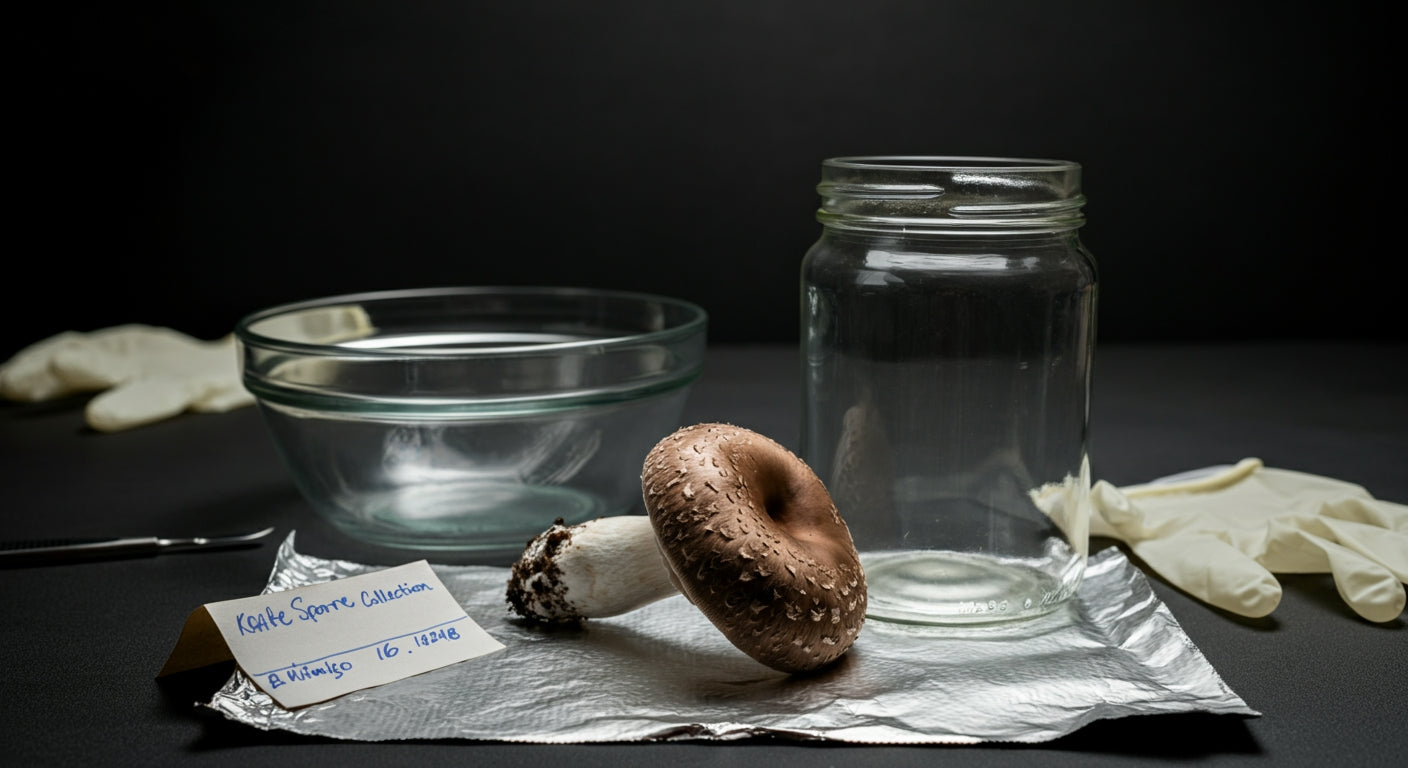




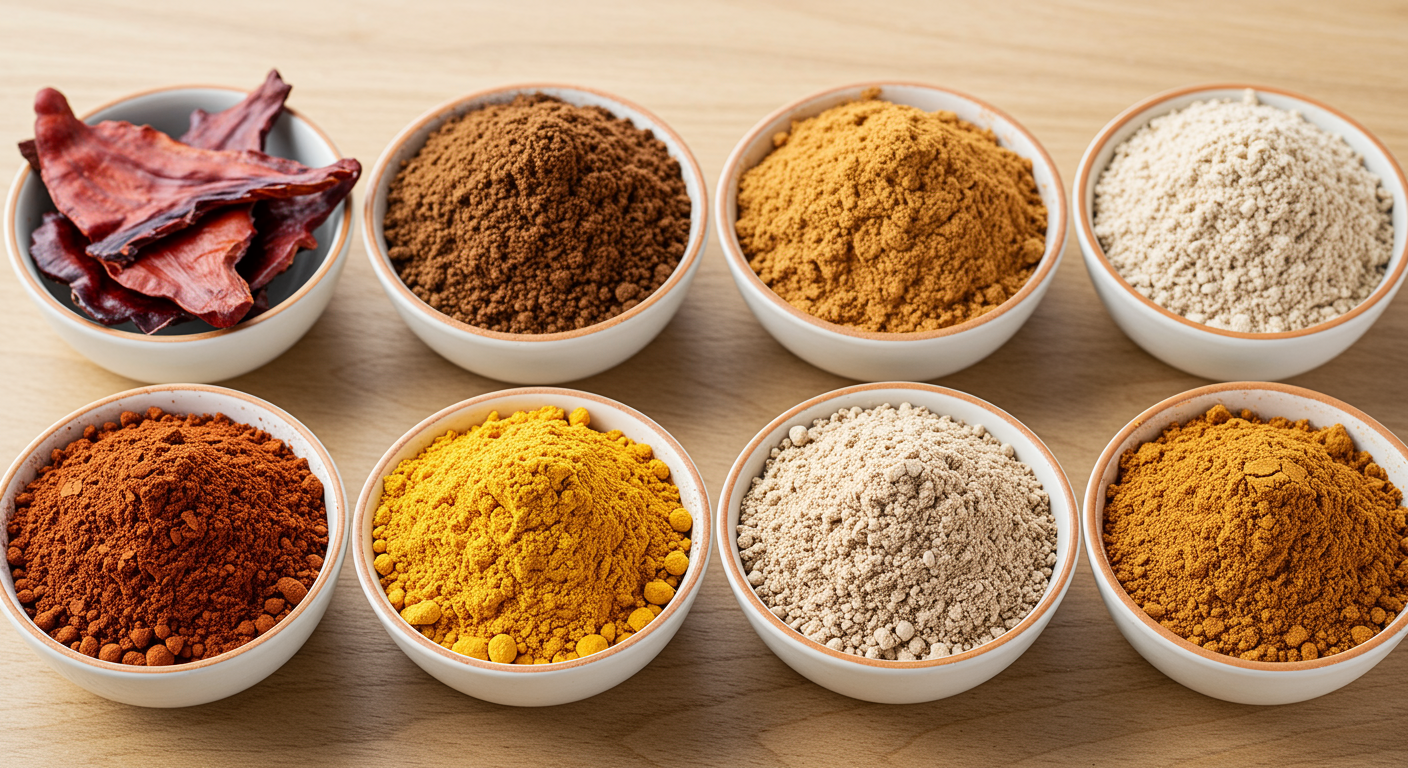

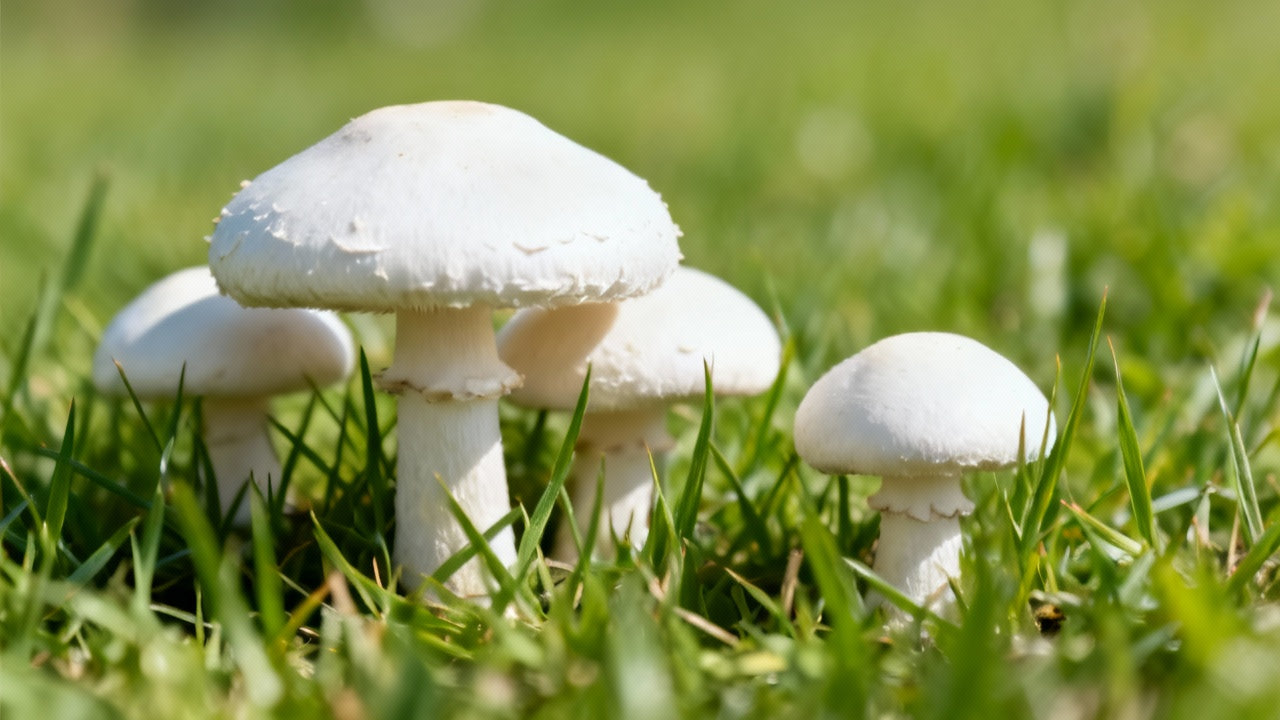
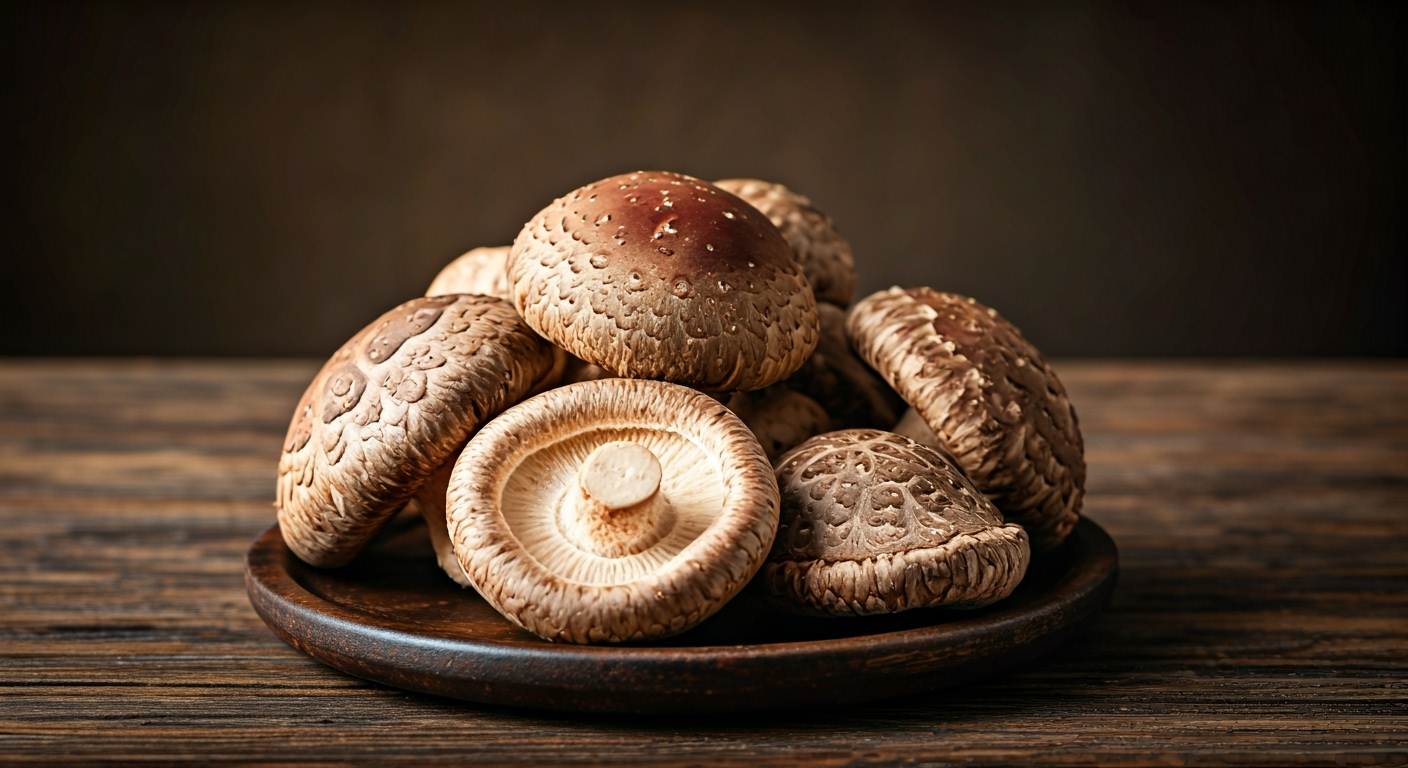
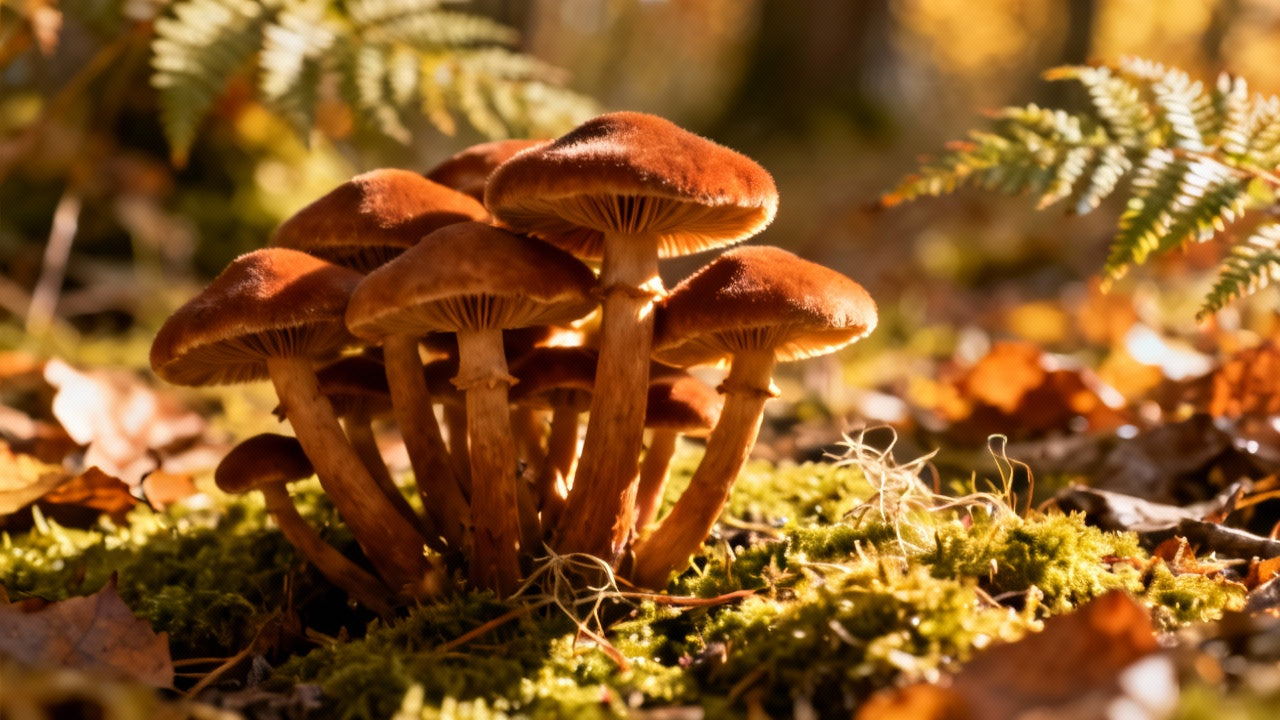
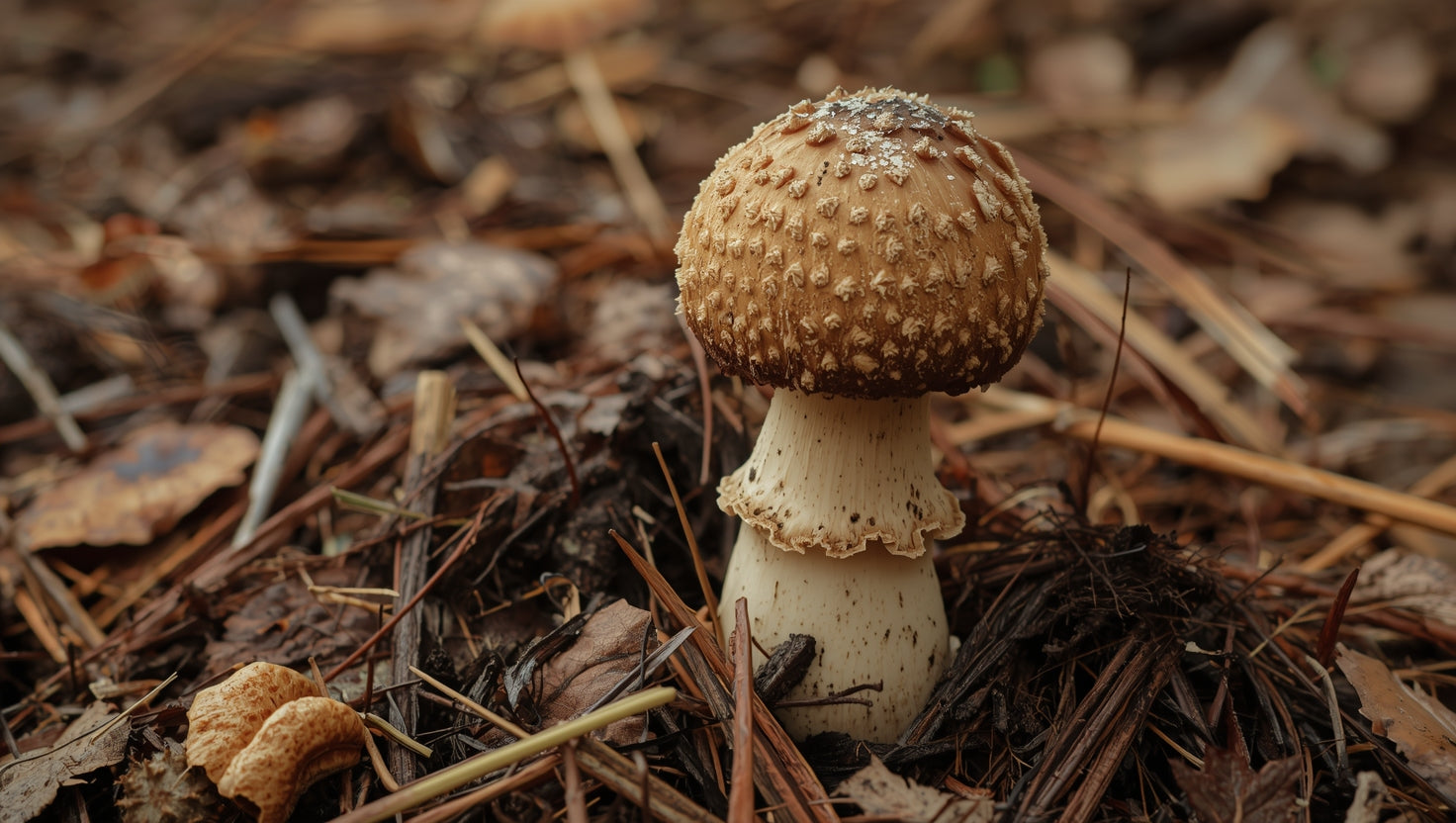
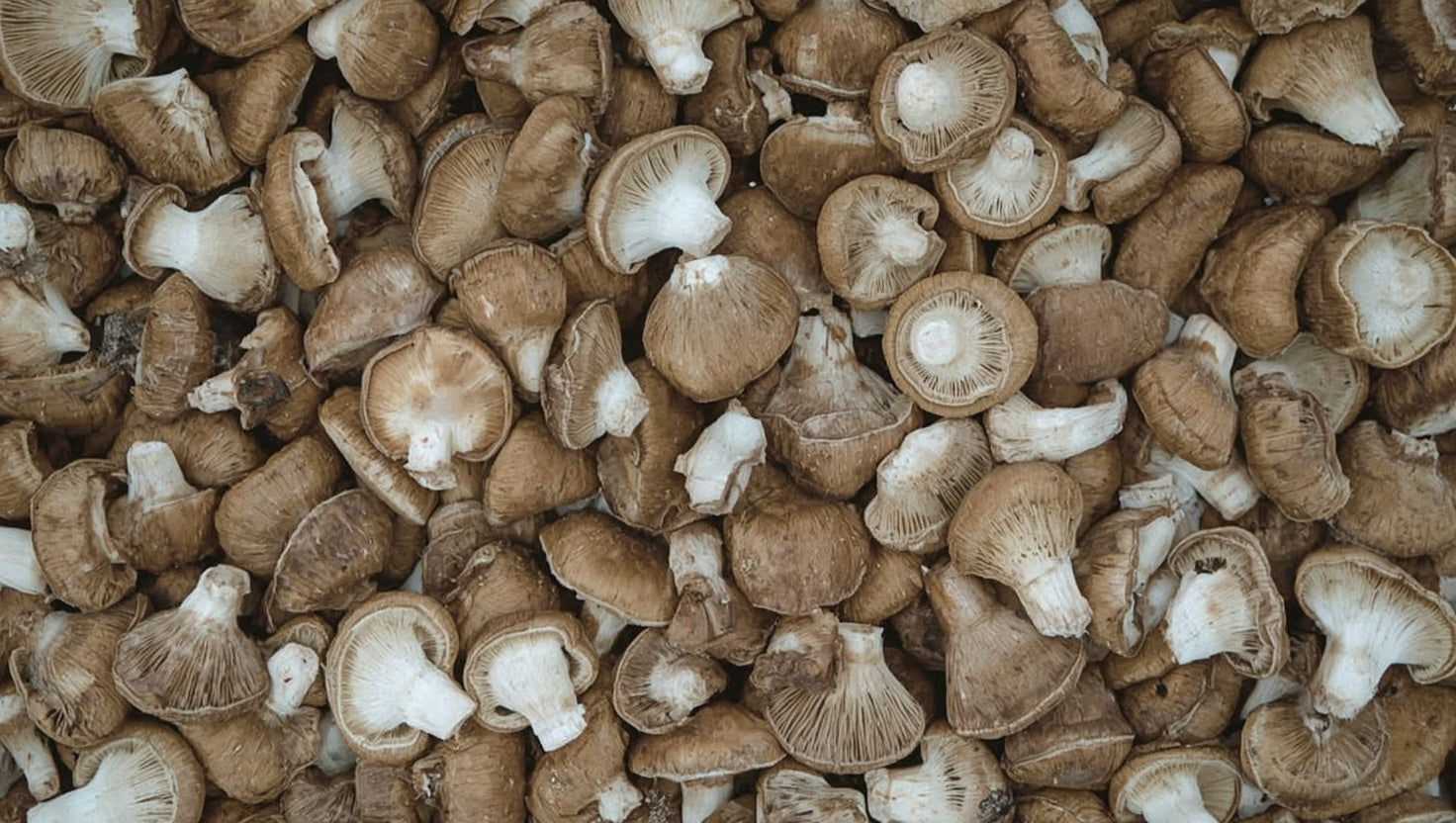
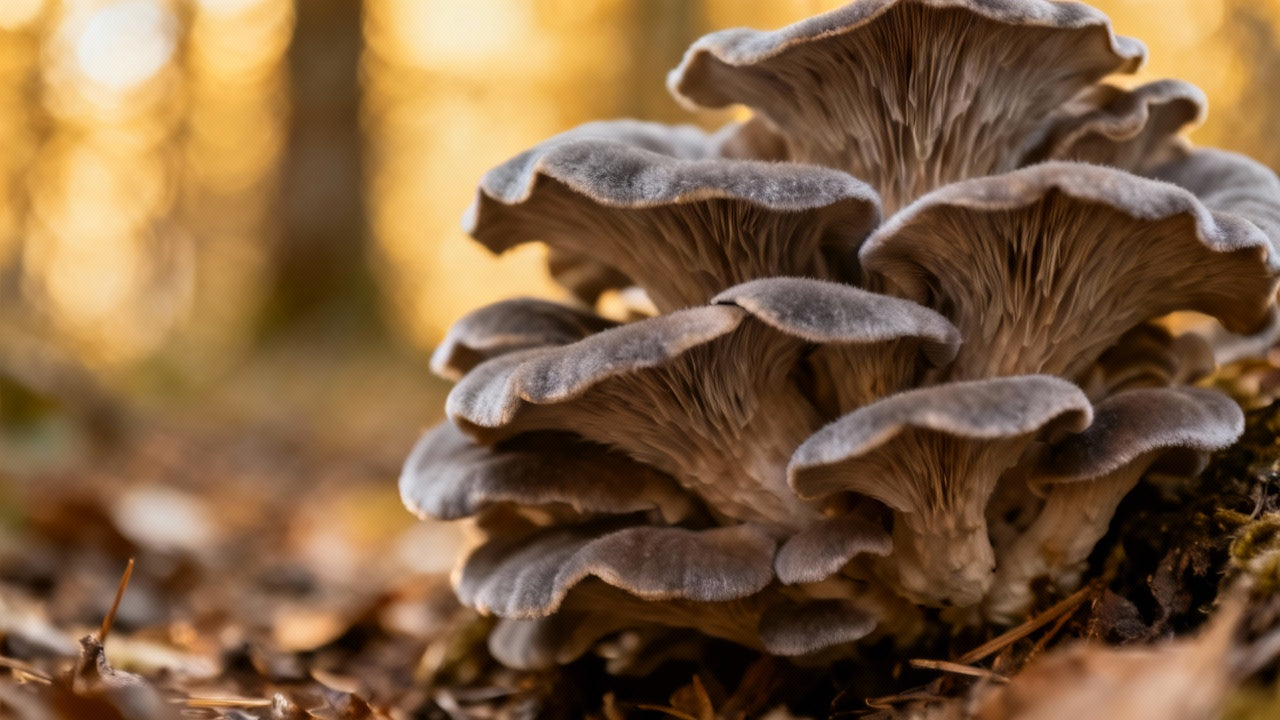
Share:
Golden Oyster Mushroom Recipes: 8 Delicious Ways to Cook These Vibrant Fungi
Where Do Reishi Mushrooms Grow: A Complete Guide to Nature's "Mushroom of Immortality"